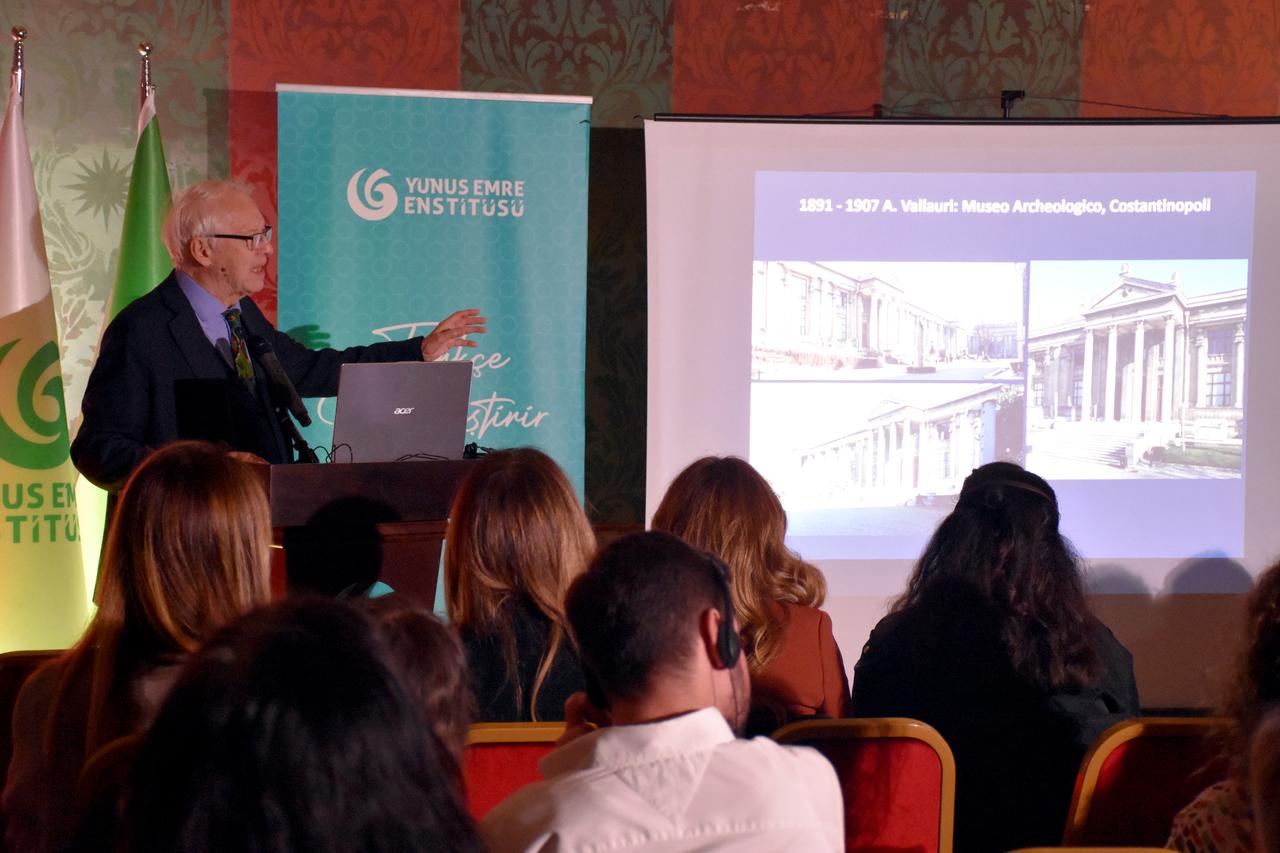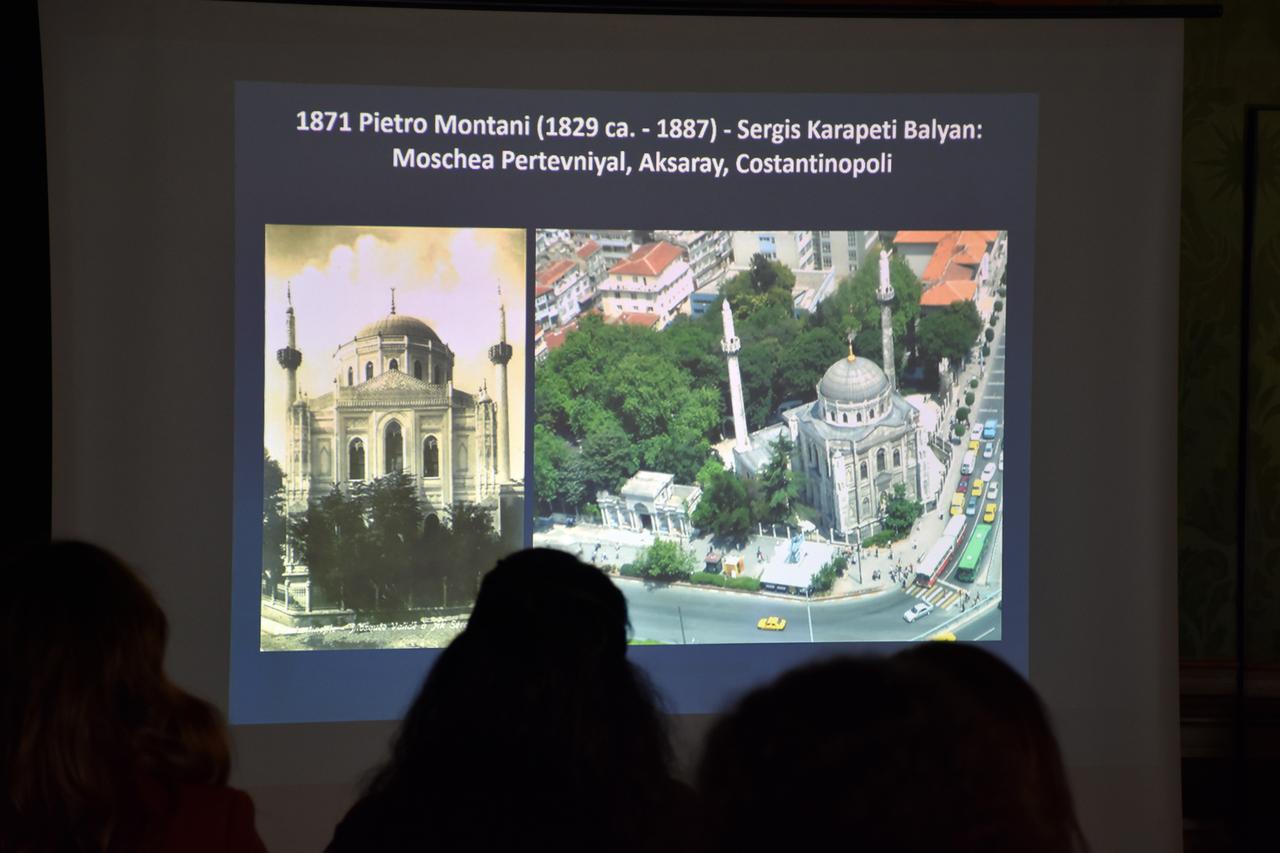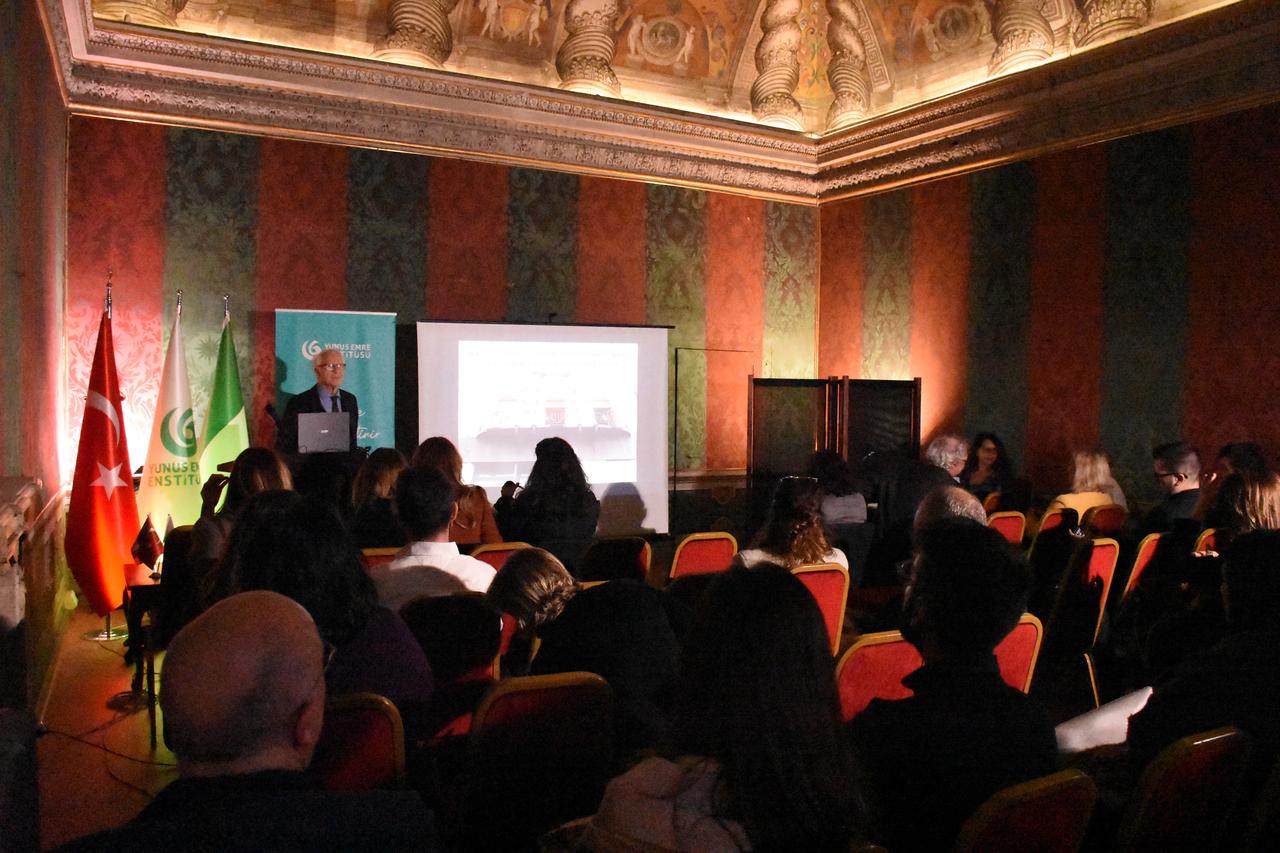
In Rome, a conference titled “Levantine and Italian Architects’ Activities in Türkiye” set out how designers working from the late Ottoman era into the early years of the Republic helped shape the country’s urban fabric.
Hosted by Yunus Emre Institute’s Rome Turkish Cultural Center, the opening talk in a new architecture series featured Professor Ezio Godoli of the University of Florence, who walked the audience through landmark projects that still stand today.
The term “Levantine,” used throughout the session, referred to architects active in Ottoman cities around the eastern Mediterranean.

Godoli outlined works by figures including Pietro Morandi, known for project work related to Istanbul’s Pertevniyal Valide Sultan Mosque, and Raimondo D’Aronco, who took on numerous commissions after the 1894 Istanbul earthquake under Sultan Abdulhamid II.
He then moved on to the early Republic, noting Giulio Mongeri’s designs ranging from the first headquarters of Isbank—now the Turkiye Isbank Economic Independence Museum—to facilities at Bursa’s thermal baths. He also pointed to Paolo Vietti Violi’s role in sports architecture, with venues recorded in Istanbul, Ankara, Adana, Manisa, and Kutahya.

The speaker stressed how Italian practitioners proved themselves on major civic and cultural assignments, and the audience followed the detailed survey with close interest. After the session, guests sampled dishes from Turkish cuisine, rounding off an evening that set the tone for the institute’s wider program on architecture.